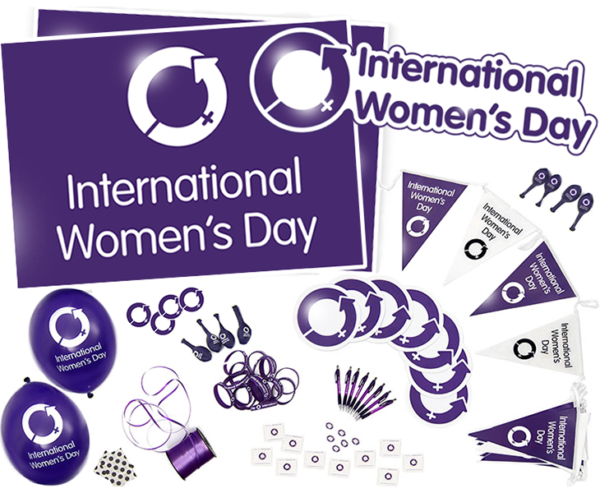On Sunday we will mark International Women’s Day and this year’s theme is #GenerationEquality—a campaign that seizes on the momentum of a new generation of activists working to close the gaps between men and women. I am proud to be part of this movement by highlighting data that shows where progress is being made and where gaps still exist.
As we reflect on the progress to advance gender equality, we take a closer look at women’s entrepreneurship. We turn to the World Bank Gender Data Portal for comprehensive sex-disaggregated indicators harmonized across countries and time.
Why should we care about women entrepreneurship? In lower income countries, working as an employee is the exception, not the norm for men and women. Only 7% of women ages 15 and up are employed as wage workers in low-income countries, compared to 18% of men (this includes public and private sector jobs as employees, formal and informal). Female entrepreneurship (and self-employment, in general)—working without a boss, be it in a micro, small, medium, and large enterprises—consequently becomes an important vehicle for women’s empowerment.
Here we take a closer look at one segment of being a business owner, excluding microenterprise ownership—the largest category of business owner in the developing world for both men and women—due to a lack of systematic data on this group.
In East Asia & Pacific, South Korea has the lowest rate of women business owners, with just 19% of firms, and the Federated States of Micronesia has the highest, with 87% of firms owned by women. Similarly, in the Middle East, it goes from a low of 7% in the Republic of Yemen to a high of 49% in Tunisia.
Female participation in business ownership is positively correlated with countries’ income level, but only to a small extent. In low-income countries, only 1 in 4 businesses have any female owners. In middle- and high-income countries, the rates are at 36% and 37%, respectively.
Looking at newly registered LLCs between 2014 and 2018, we find that female participation in ownership is systematically higher among newly registered firms. Among 44 countries with data, female participation in business ownership is higher in the flow of the new firms than in the stock of existing firms in only 12 countries. The biggest gain is in Nigeria, where newly registered firms are 17 percentage points more likely to have a female owner than among the stock of all existing firms. Samoa sees the biggest loss where 80% of existing firms have a female owner, but between 2014 and 2018, only 36% of newly registered firms have a female owner.
Many things underly these facts and one of them is access to finance. Here we take a quick look at this area—though noting it is only one entry point to understanding the gender gaps in entrepreneurship.
The Findex survey in 2017 shows that men are more likely to borrow and save to start, operate, and expand businesses than women. Globally, men are 3% and 6% more likely to borrow and save for business purposes than women.
In low-income countries, both men and women are more likely to save than to borrow. The relative importance of saving compared to borrowing decreases with income levels and it switches for high-income countries, where borrowing becomes more preferred than saving. But the gap between men and women remains at all income levels, where men have higher rates of borrowing and saving for businesses than women.
In all regions except North America, the share of women with access to a financial account is lower than that of men.
Yet a bigger gap remains for full financial inclusion. In Sub-Saharan Africa and Middle East & North Africa, less than 40% women have a financial account.
Financial exclusion poses a great challenge, especially, for women entrepreneurs as they try to access capital to start, operate, and/or expand their businesses. Recent estimates suggest that women entrepreneurs face $1.5 trillion financing deficits.
Source: WoldBank

[…] Read also: Women entrepreneurs needed—stat! […]
[…] Read also: women entrepreneurs needed-stat […]